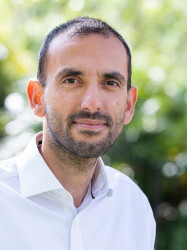BibTex format
@article{Olgiati:2022:10.1080/09602011.2020.1805335,
author = {Olgiati, E and Malhotra, P},
doi = {10.1080/09602011.2020.1805335},
journal = {Neuropsychological Rehabilitation},
pages = {732--763},
title = {Using non-invasive transcranial direct current stimulation for neglect and associated attentional deficits following stroke},
url = {http://dx.doi.org/10.1080/09602011.2020.1805335},
volume = {32},
year = {2022}
}

